|
The Order Lepidoptera (butterflies and moths) is characterized by suctorial mouth parts and four wings with scales.
It is a very large Order with extreme variety of physical characters. It makes their classification proportionally difficult and subject to changes.
Since butterfly fossils are so rare, the precise phylogeny cannot be traced. The classification is based upon existing species.
It is easy to recognize the superfamiliy Papilionoidea (butterflies) with clear-cut and easily identified characters.
There are six butterfly families (Fig. 1a-f) in Albania: Papilionidae (Fluturat tabake), Hesperiidae (Fluturat kapiten), Pieridae (Fluturat bardhoshe), Lycaenidae (Fluturat e vogla), Riodinidae (Fluturat me njolla metalike) and Nymphalidae (Fluturat me këmbë furça)
A description is provided with similarities and differences between the species in each family occuring in Albania.
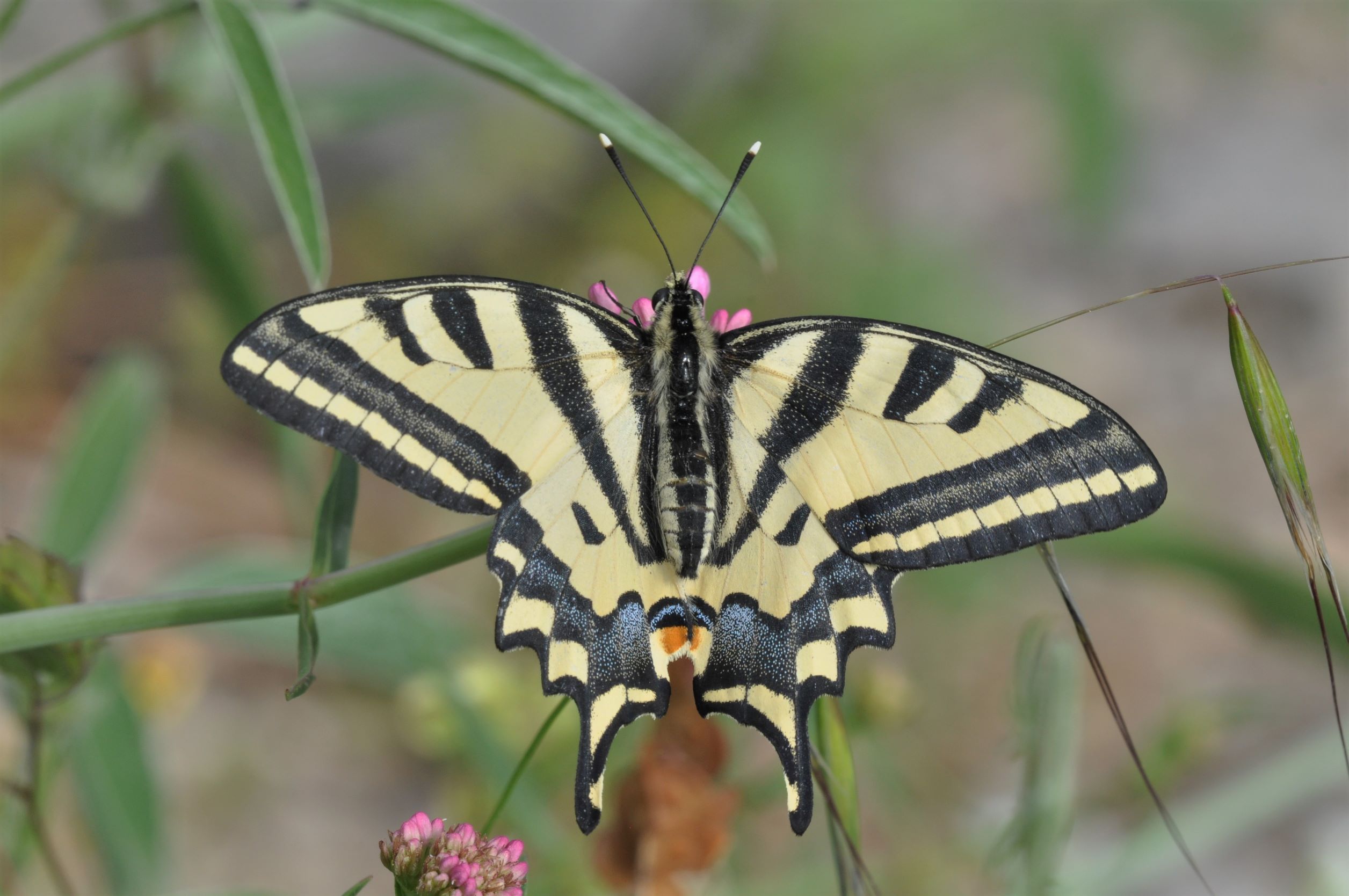 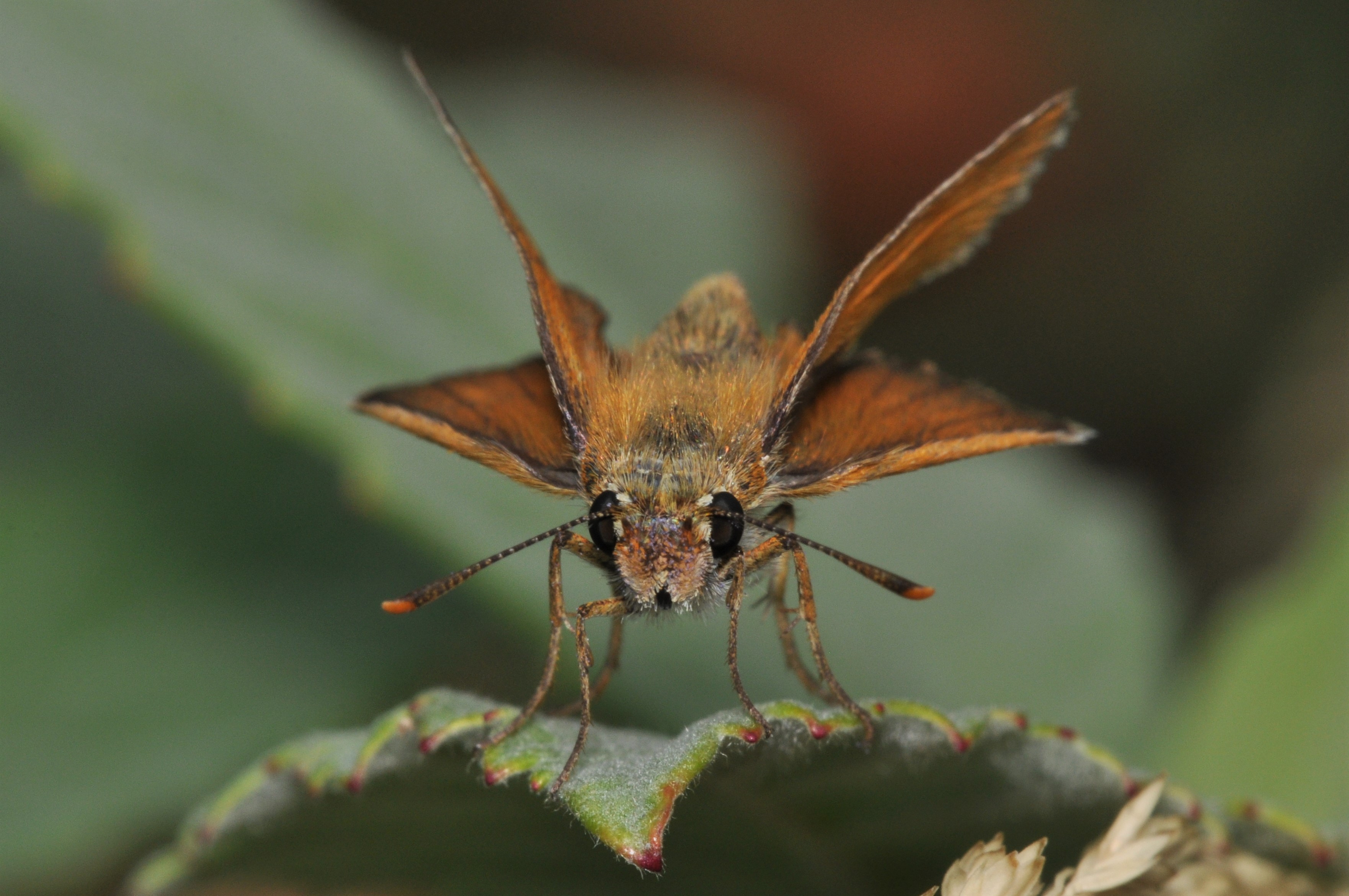 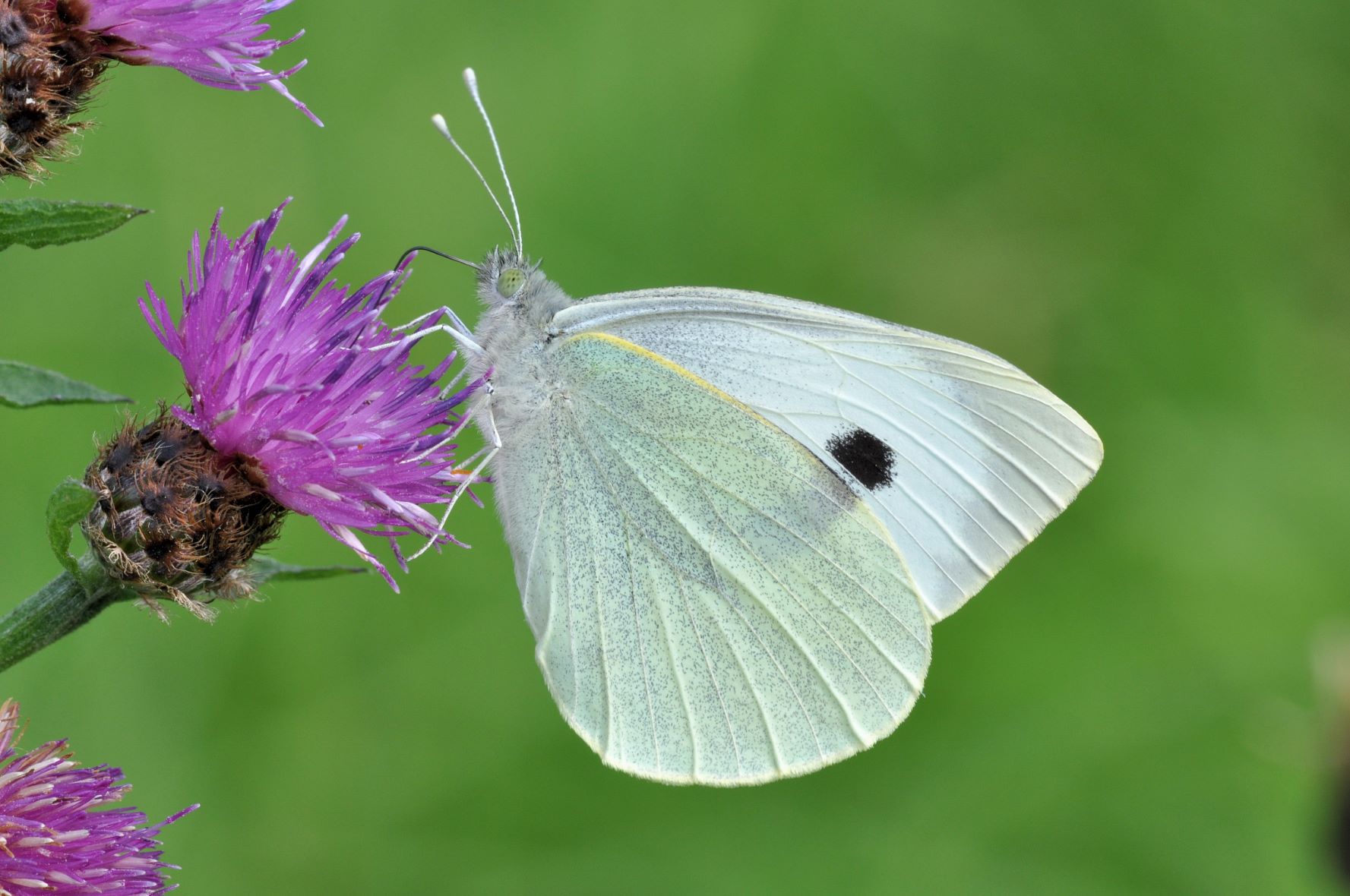 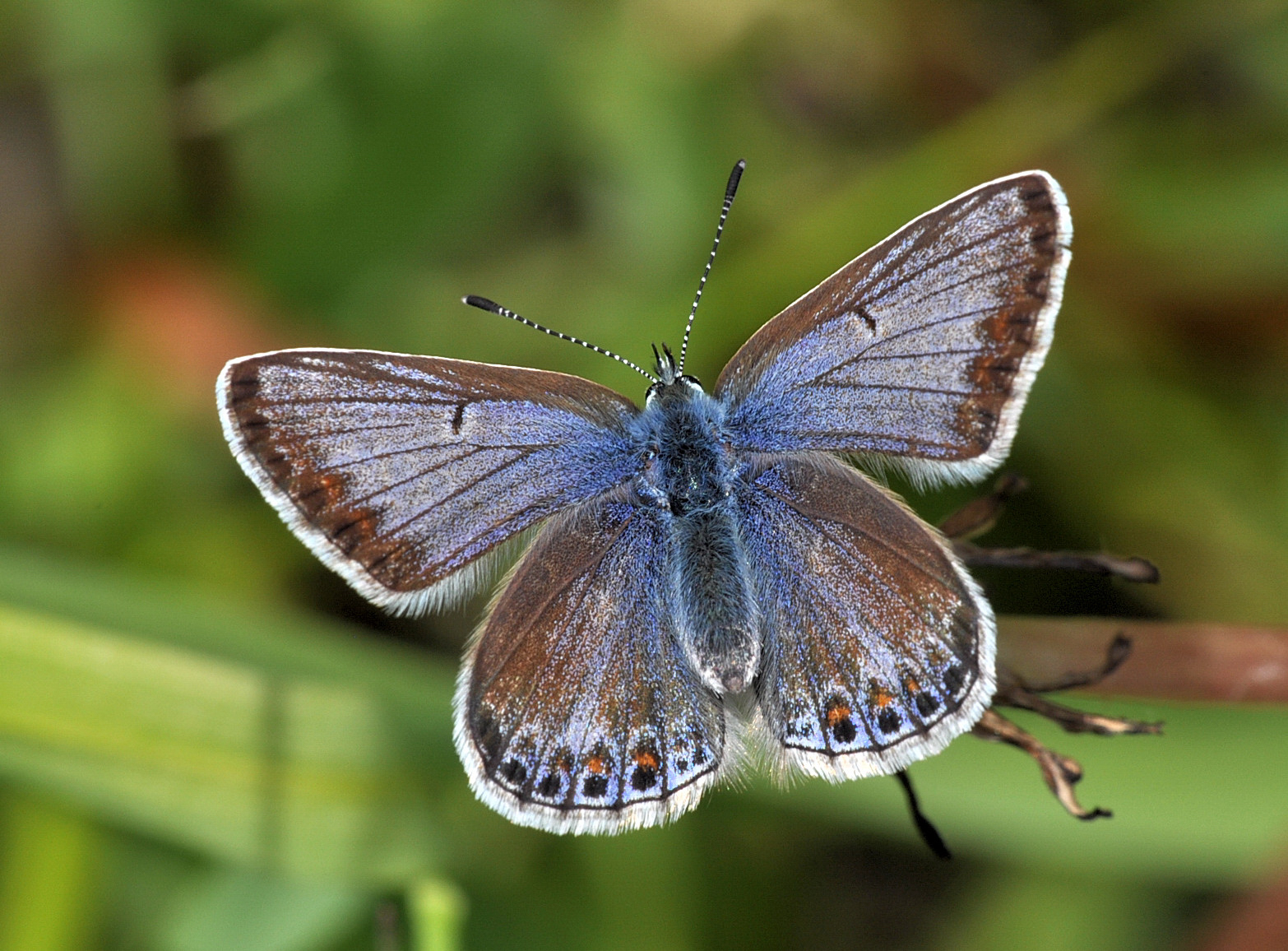  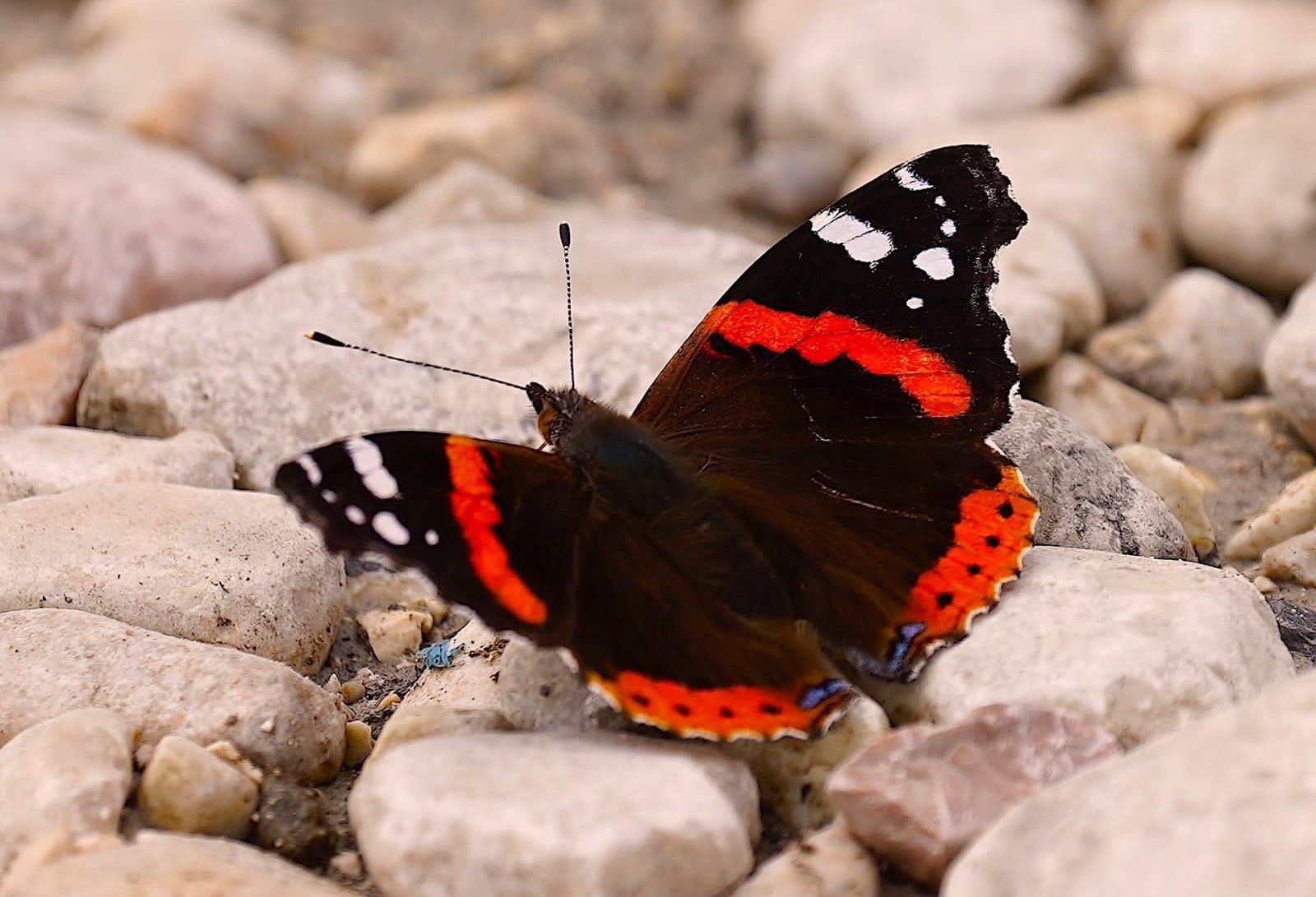
1a. Papilionidae family. 1b. Hesperiidae familiy. 1c. Pieridae family. 1d. Lycaenidae family. 1e. Riodinidae family. 1f. Nymphalidae family ()
Papilionidae - Swallowtails
Large butterflies.
Sexual dimorphism: poorly marked in wing characters but visible differences in size, shape and abdominal size.
Eyes: smooth.
Antennae: short, vaiable club.
Legs: 6 fully functional legs of almost equal size. Each tarsus has a single pair of claws.
Androconial scales: lacking in the European Papilionidea.
Wing veination: variable, Fw: 11 or 12 veins. There is a single anal (or submedian) vein on the Hw.
♂ genitalia: variable.
Early stages:
- Ovum:
hemispherical, granular surface.
- Caterpillars: with osmaterium.
- Pupa: variable depending of the subfamilies.
Key to subfamilies:
1/ Fw with 11 veins: Parnassiinae (Fig. 2a)
2/ Fw with 12 veins: Papilioninae (Fig. 2b)
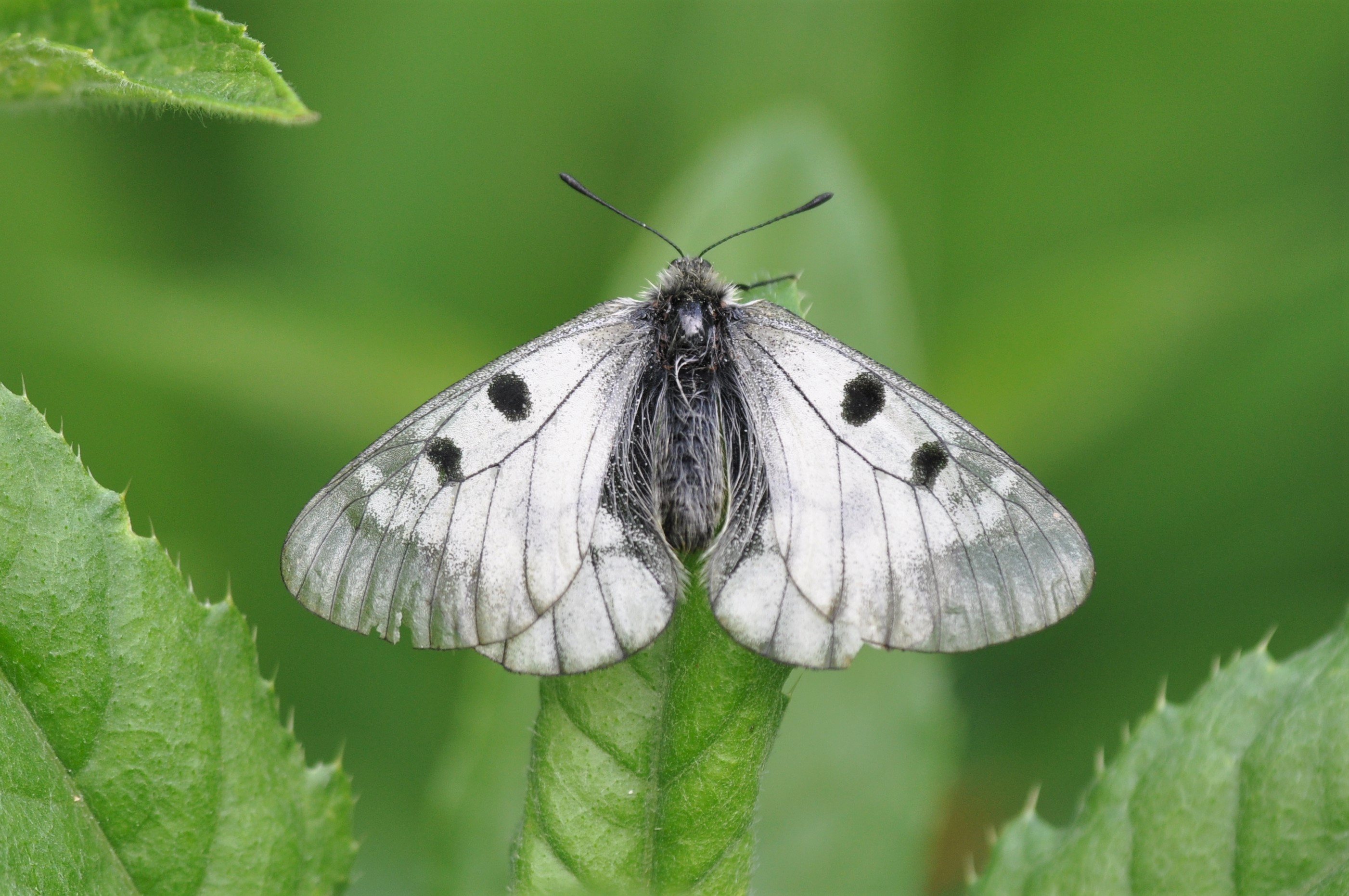 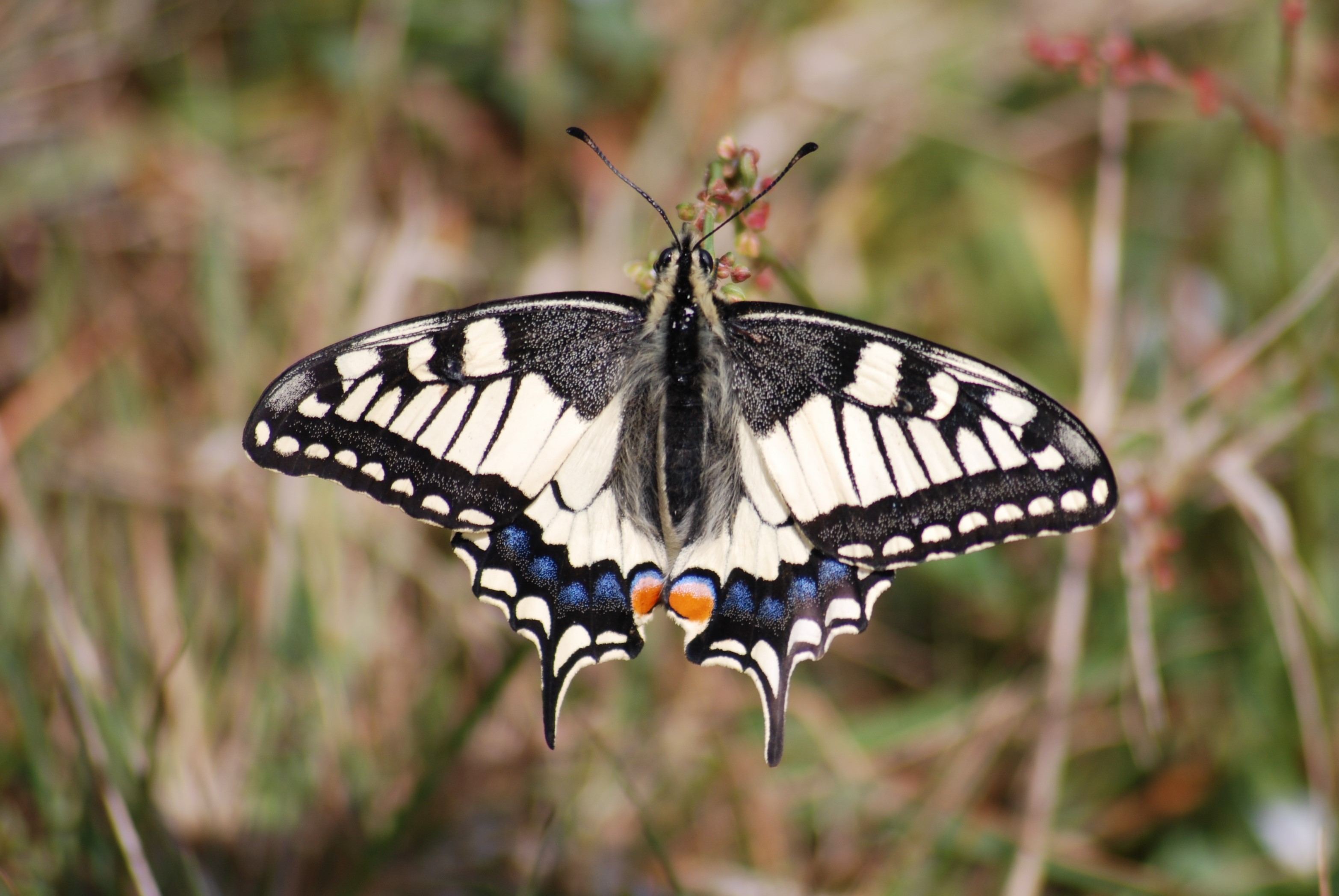
2a. Parnassiinae subfamily. 2b. Papilioninae subfamily ()
Hesperiidae - Skippers
Small butterflies. Head wider than the robust thorax. Stout abdomen.
Sexual dimorphism: visible in wing characters, differences in size, shape and abdominal size.
Eyes: large, smooth.
Antennae: short, widely separated, sometimes ending in a a pointed tip.
Legs: 6 fully functional legs with simple claws.
Androconial scales: often moniliform. ♂♂ often with sex-brand. Genera (Carcharodus, Muschampia and Pyrgus) with costal fold containing androconia.
Wing veination: unbranched arising directly from the wing-base or the disocidal cell.
♂ genitalia: all typical anatomical features are sometimes present depending on the genera. Important characters for identification are often found in the shape of the gnathos, styilifer, style, antistyle and cucullus (cuillier) especially for the genus Pyrgus.
Early stages:
- Ovum:
variable.
- Caterpillars: wide head. first thoracic segment narrow (sometimes collar-shaped). Living in shelters spun with leaves or grass.
- Pupa: slender, in a larval shelter often with silken girdle.
Key to subfamilies:
1/ Fw vein 5: proximally curved and approaching vein 4: Hesperiinae (Fig. 3a)
2/ Fw vein 5: straight, slightly nearer to vein 4, genitalia with brachia and without gnathos: Heteropterinae (Fig. 3b)
3/ Fw vein 5: straight, central between vein 4-6 or nearer to vein 6, genitalia without brachia and usual with gnathos: Pyrginae (Fig. 3c)
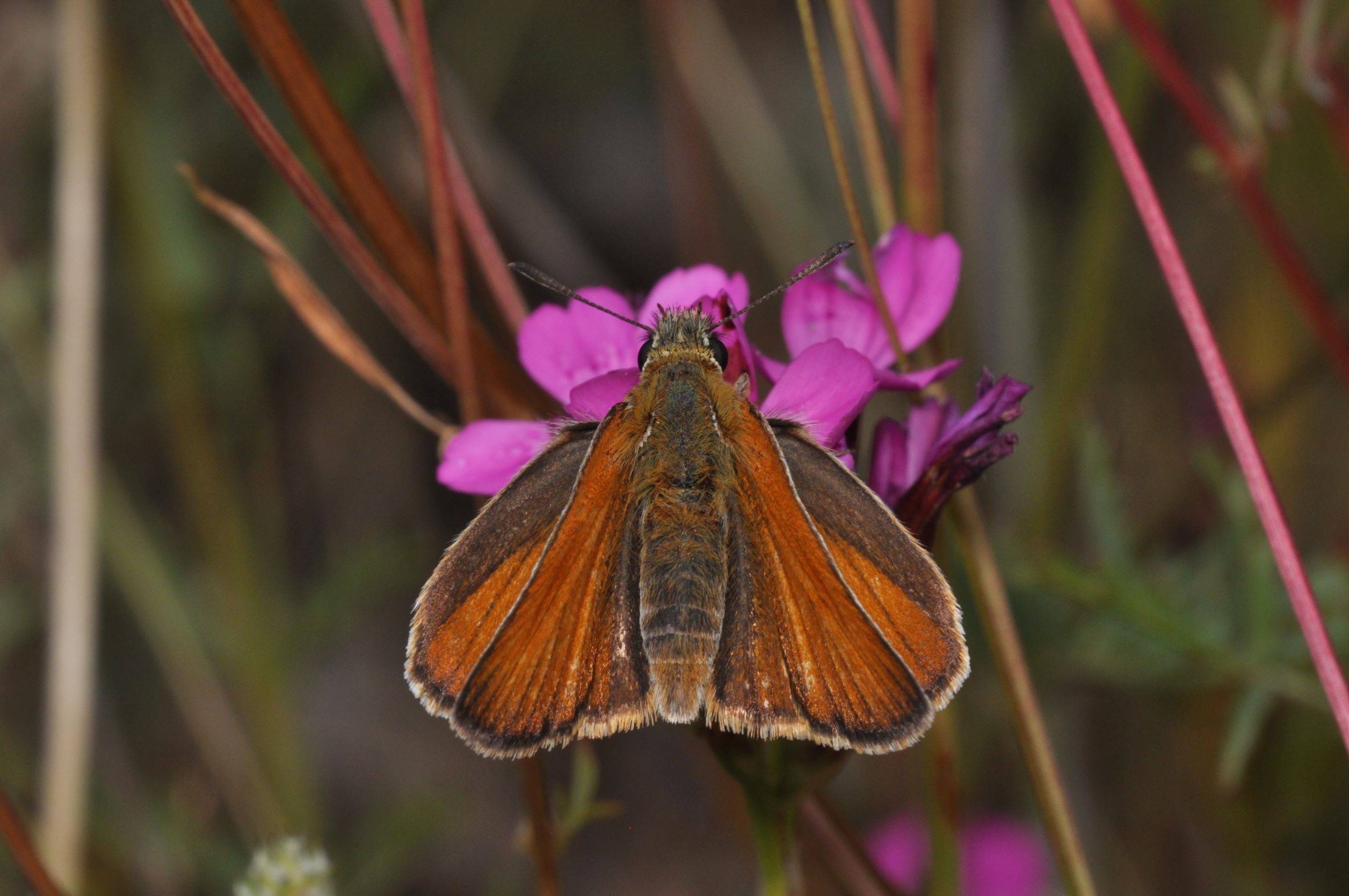 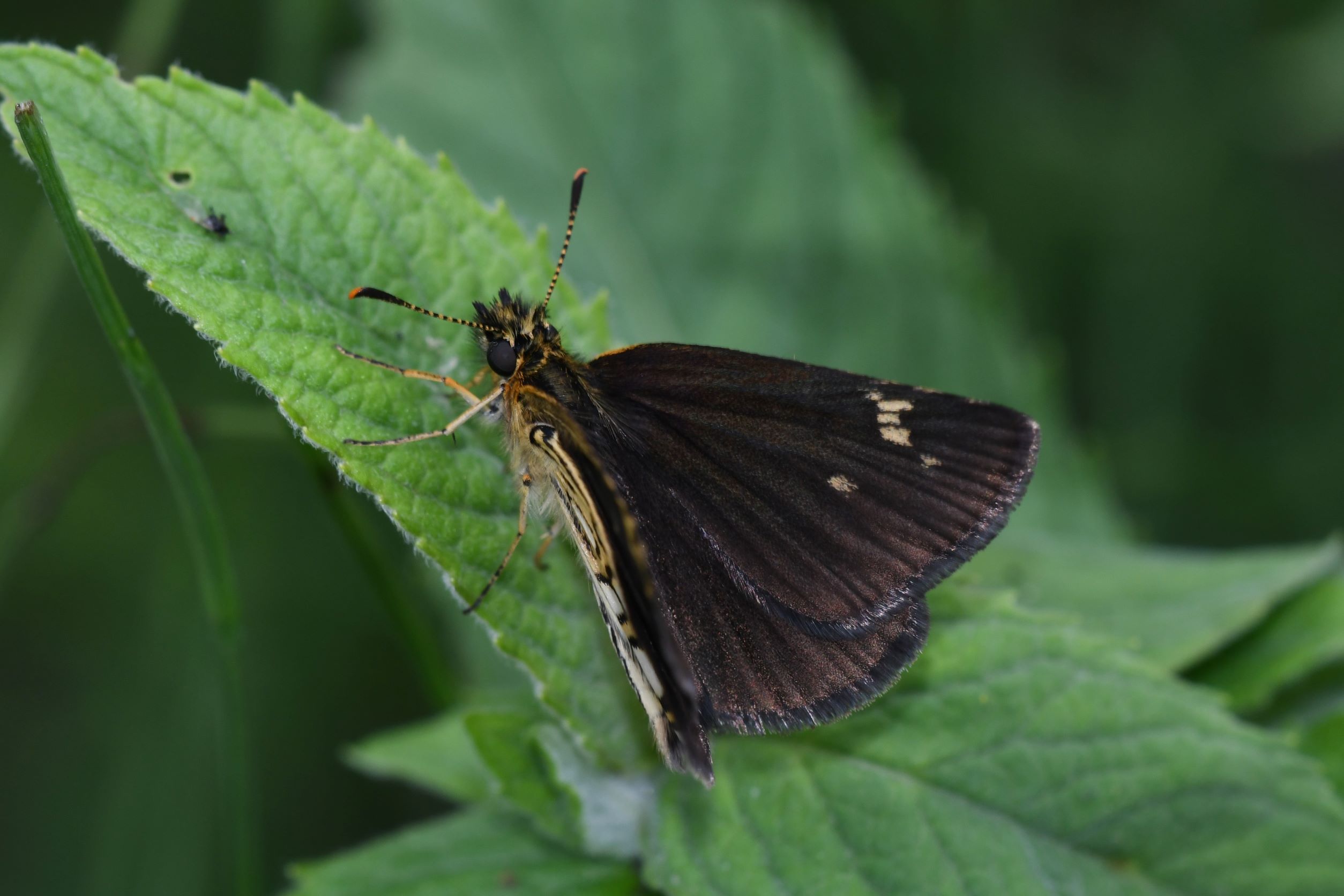 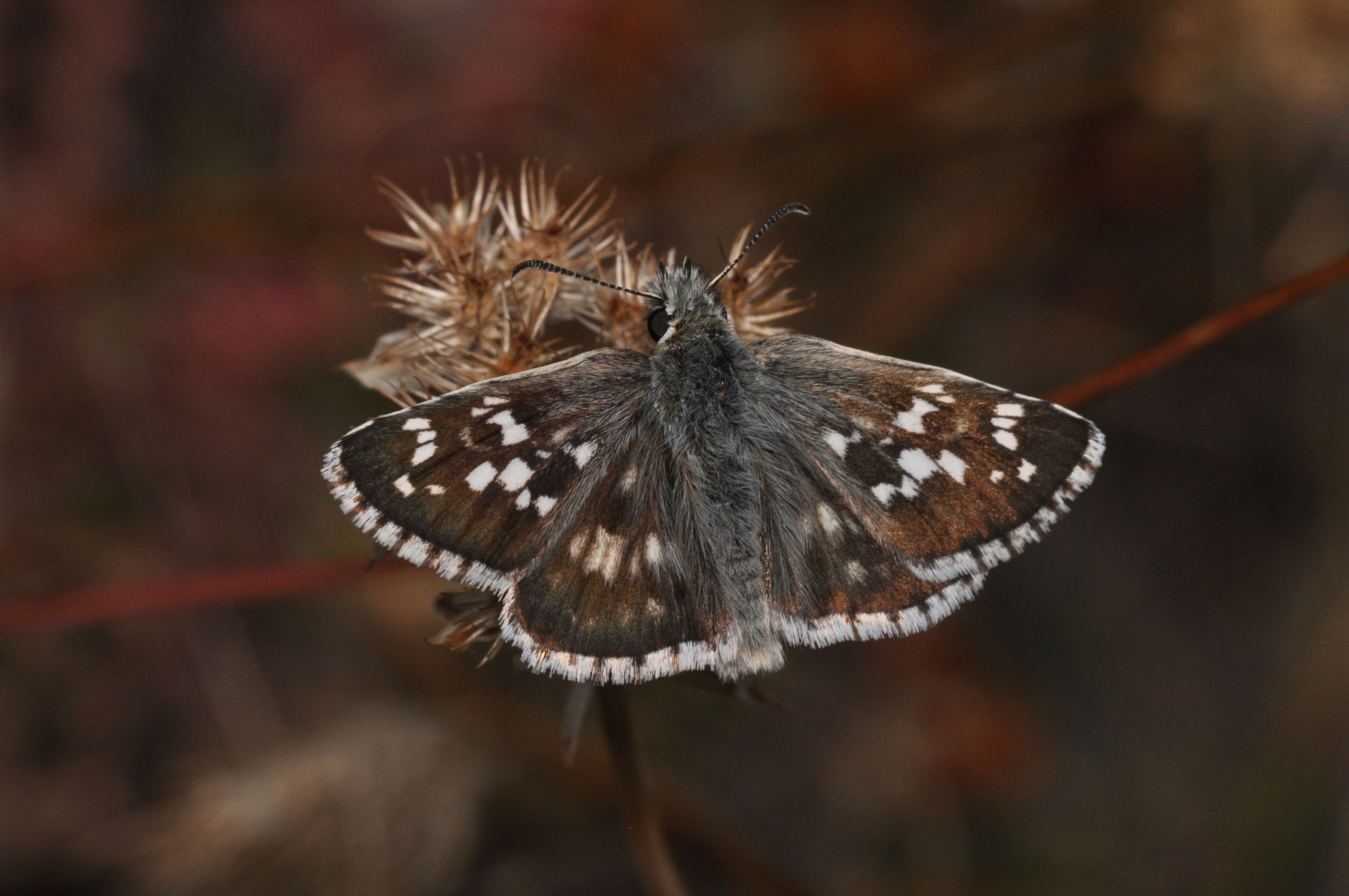
3a. Hesperiinae subfamily. 3b. Heteropterinae subfamily. 3c. Pyrginae subfamily ()
Pieridae - Whites and Yellows
Medium size butterflies. white, yellow to orange wings. Marked seasonal variation.
Sexual dimorphism: clearly visible in wing characters.
Eyes: smooth.
Antennae: usually of medium length, slender with a small club. Leptidea, shorter with a more abrupt club.
Legs: 6 fully functional legs with bifid claws.
Androconial scales: usually present on Fw.
Veination: Fw: 10,11 or 12 veins, cell closed in Fw and Hw.
♂ genitalia: specific characters between subfamilies and genera but at species level less well defined.
Early stages:
- Ovum:
two to three times as tall as wide.
- Caterpillars: pubescent, usually green with simple longitudinal stripes.
- Pupa: fixed upright by cremaster and silken thoracic girdle.
Key to subfamilies:
1/ Hw precostal vein absent:
- Fw subcostal vein with 4 braches after cell-end: Dismorphiinae (Fig. 4a)
- Fw subcostal vein with 2 branches after cell-end: Coliadinae (Fig. 4b)
2/ Hw precostal vein present: Pierinae (Fig. 4c)
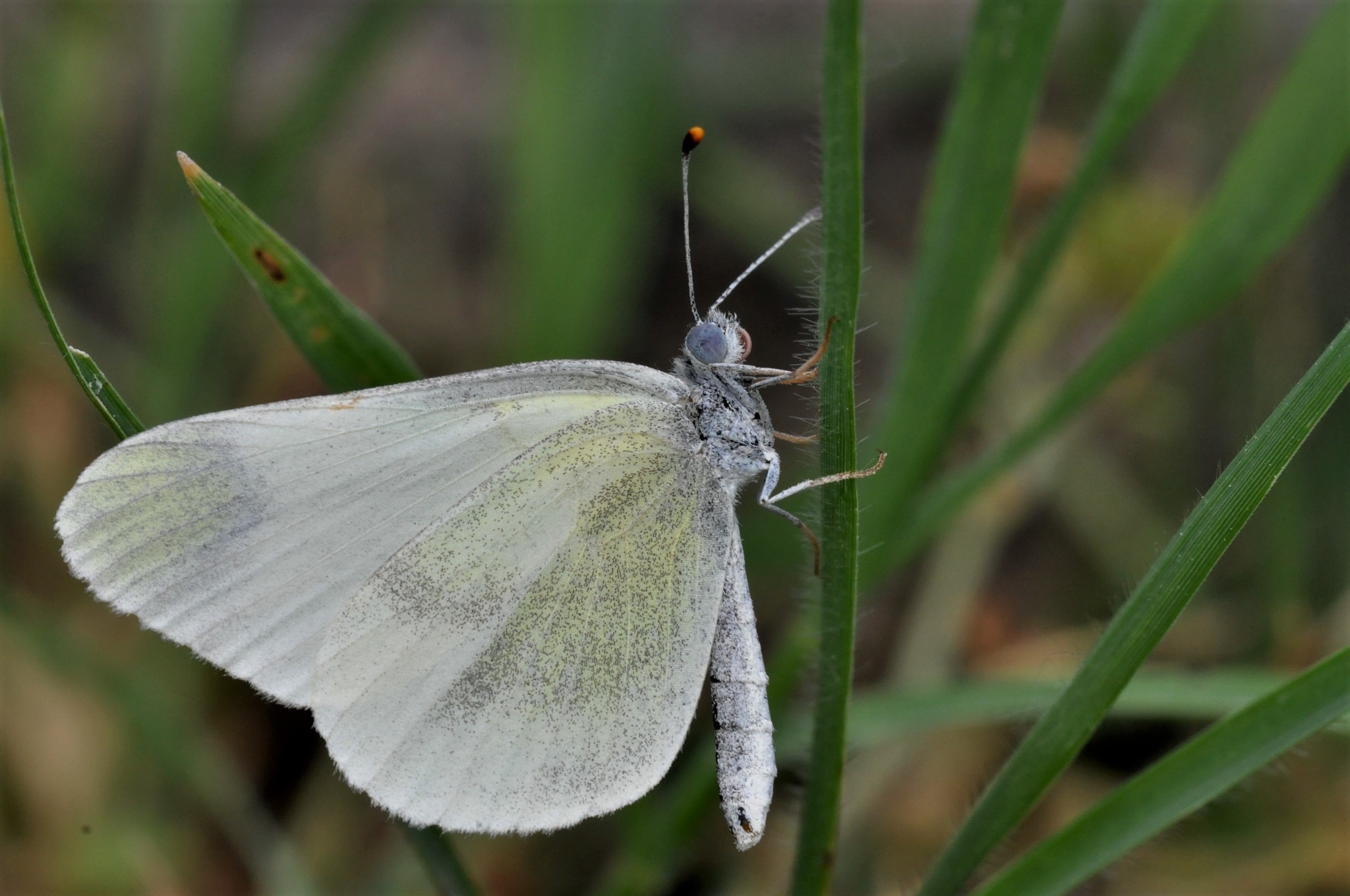 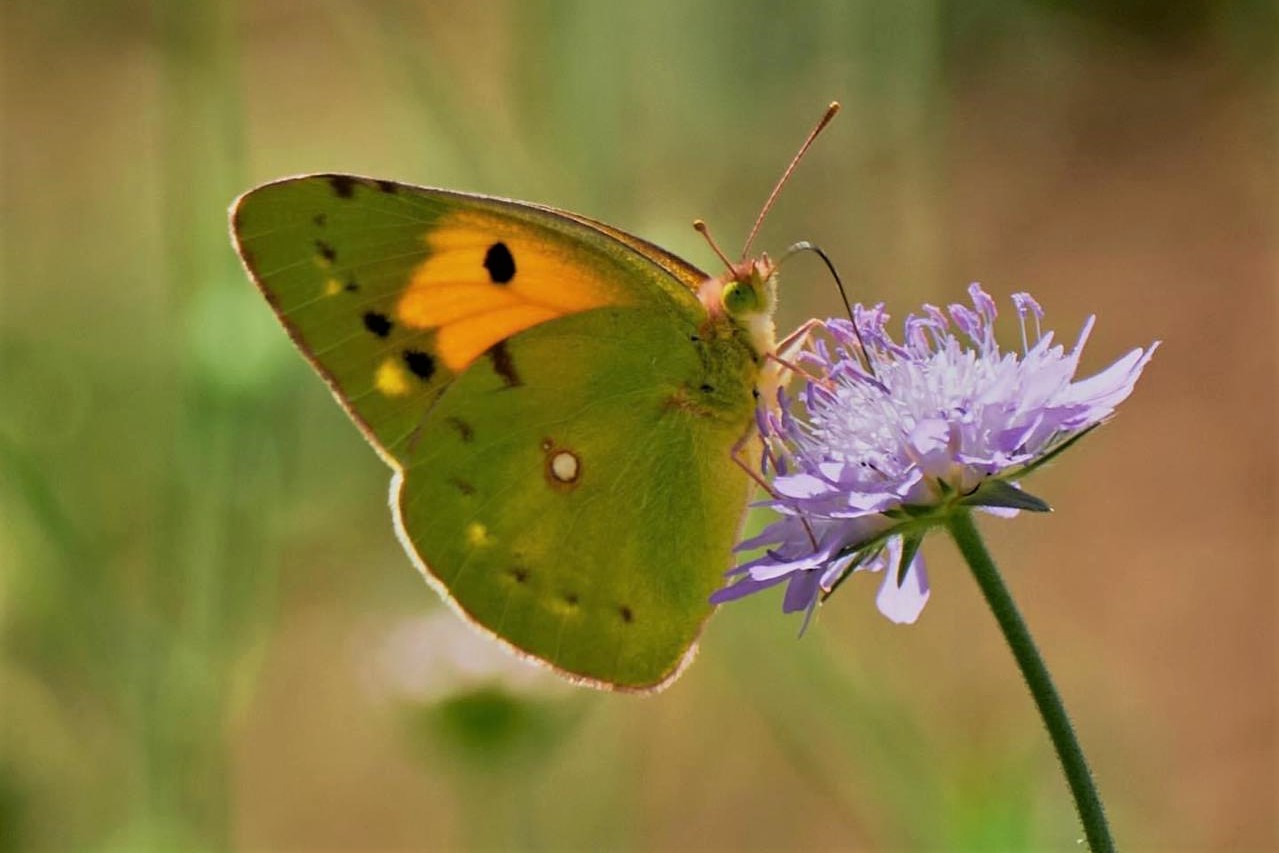 
4a. Dismorphiinae subfamily. 4b. Coliadinae subfamilly. 4c. Pierinae subfamily ()
Lycaenidae - Coppers, Blues and Hairstreaks
Small size butterflies. ♂♂ often brightly coloured: coppery, red or gleaming blue. ♀♀ normally less brilliant.
Wing markings are often constant through large groups making specific identification difficult.
Identification on Unh markings, spots and striae which usually are identical in both sexes.
Sexual dimorphism: for most species especially well marked.
Eyes: smooth or hairy.
Antennae: distinctly clubbed.
Legs: 6 fully functional forelegs, claws variable and different between males and females. Middle- and hindlegs normal in both sexes.
Androconial scales: usually present on Fw.
Wing veination: variable throughout tje genera. Fw: 10 to 11 veins, v8 or v8+v9 absent, cell weakly closed. Hw: precoastal vein absent, cell weakly closed. Some species have a tail on Hw at v1b and v2.
♂ genitalia: different from other families. Small and compact.
- central uncus almost always replaced by labides, paired lobes (also called: sub-unci)
- from the labides arise slender (or sickle-shaped) processes: falces.
- simple valves without to the tegumen and scarcely to the vinculum.
Early stages:
- Ovum:
discoid, pitted and reticulate shell without ribs.
- Caterpillars: broad and flattened, pilose with a small head.
- Pupa: short and oval. Often lying free or suspended by cremaster and with a silken girdle.
Key to subfamilies:
1/ Valves not joined basally: Lycaeninae (Fig. 5a)
Narrow labides, curved falces, furca usually prominent, well defined saccus, slender and slightly curved aedeagus.
♂♂ often coppery, red coloured. ♀♀ less brilliant.
2/ Valves joined basally:
- elongate genitalia: Theclinae (Fig. 5b)
Hw often with slender tail or projection. Massive labides, small falces, small valves, furca variable, saccus usually well developed, aedeagus variable.
Subtle sexual dimorphism.
- no elongate genitalia: Polyommatinae (Fig. 5c)
Uncus rarely developed, most species without saccus.
♂♂ usually blue, rarely brown. ♀♀ brown, blue suffusion often present.
 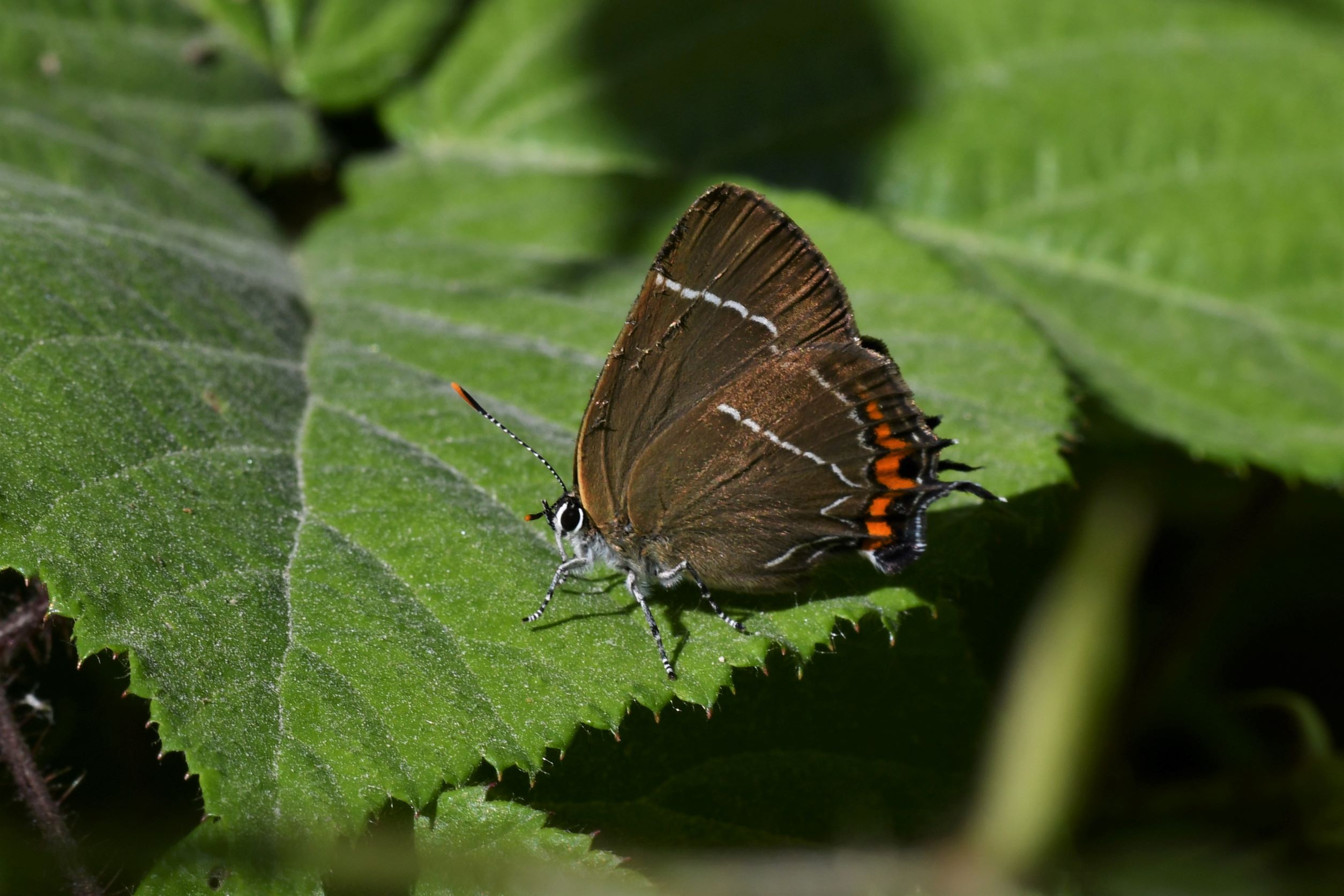 
5a. Lycaeninae subfamily. 5b. Theclinae subfamiy. 5c. Polyommatinae subfamily ()
Riodinidae - Metalmarks
Small size butterflies, closely related to Lycaenidae. Three differences: reduced ♂ fore-leg, precostal vein in Hw,♂ genitalia: well developed uncus.
Sexual dimorphism: poorly marked in wing characters but visible differences in shape and abdominal size.
Eyes: hairy.
Antennae: slender with an abrupt club.
Legs: ♂ forelegs with single tarsal segment without claw. ♀ forelegs with five tarsal segments and claw. Middle- and hindlegs normal in both sexes.
Androconial scales: absent.
Wing veination: Fw with 12 veins and closed cell, Hw precostal vein directed distally and closed cell.
Genitalia: a short uncus, falces present as in Lycaenidae, short valve, no saccus, aedeagus almost 3x length of uncus + tegumen.
Early stages:
- Ovum:
smooth surface, subconical shape.
- Caterpillars: broad and flattened, pilose.
- Pupa: short, usually suspended and fixed by cremaster to a silken pad and with a girdle.
Only one subfamily in Europe: Riodininae (Fig. 6)

6. Riodininae subfamily ()
Nymphalidae - Brush-footed butterflies
Many medium to large size butterflies. Often brightly coloured.
Sexual dimorphism: often subtle differences in wing characters except the genera and subfamilies with ♂ sex-brand (Danaus, Argynnis, Fabriciana, Speyeria and many Saytyrinae). ♀♀ often slightly larger with small difference in the shape of the FW apex. Clear external abdominal differences are not present in all the subfamilies.
Eyes: smooth or hairy.
Antennae: usually strong with well defined club.
Legs: strongly reduced forelegs. Middle- and hindlegs fully functional.
Androconial scales: only present in some genera and the Satyrinae subfamily.
Wing veination: Fw: 12 veins, cell open or closed (by vestigial veins). Hw: precostal vein present.
Genitalia: variable, often with a harpe and accessory processes.
Early stages:
- Ovum: small barrel-shapes, flat topped with longitudinal ribs
- Caterpillars: often with spines and hairy tubercles. Apatura and Charaxes have only horns on the head.
- Pupa: always suspended, head down by cremastral hooks.
Key to subfamilies:
1/ Saccus longer than the valve
- very long furca: Charaxinae (Fig. 7a)
- furca short, bilobed: Apaturinae (Fig. 7b)
2/ Saccus longer than the valve, brachia present
- very slender, descending brachia: Limenitidinae (Fig. 7c)
- stout brachia, parallel with uncus: Nymphalinae (Fig. 7d)
3/ Saccus longer than the valve, brachia absent
- uncus present: Heliconiinae (Fig. 7e)
4/ Satyrinae (Fig. 7f)
Formerly classified as Satyridae family. They have only four functional legs.
Androconial scales are very common, slender and tapering in a small apical bunch of fibrils.
Fw veins often some swollen at the wingbase. Closed cell in both wings.
Typical genitalia with well developed uncus, prominent brachia, elongate valve often with terminal teeth but lacking accessory processes. The genitalia are relatively unstable in many species, differening individually and regionally.
5/ Danainae (Fig. 7g)
Formerly classified as Danaidae family. They have only four functional legs.
Large butterflies with white spots on the black head and thorax. ♂♂ have sex brand on the hindwing.
Genitalia are atypical.
6/ Libytheinae (Fig. 7h)
Formely classified as Libytheidae family and clearly related to the Nymphalidae. They have only four functional legs.
Smaller butterflies. Recognisable to the great length of the palpi and prominent Fw apex.
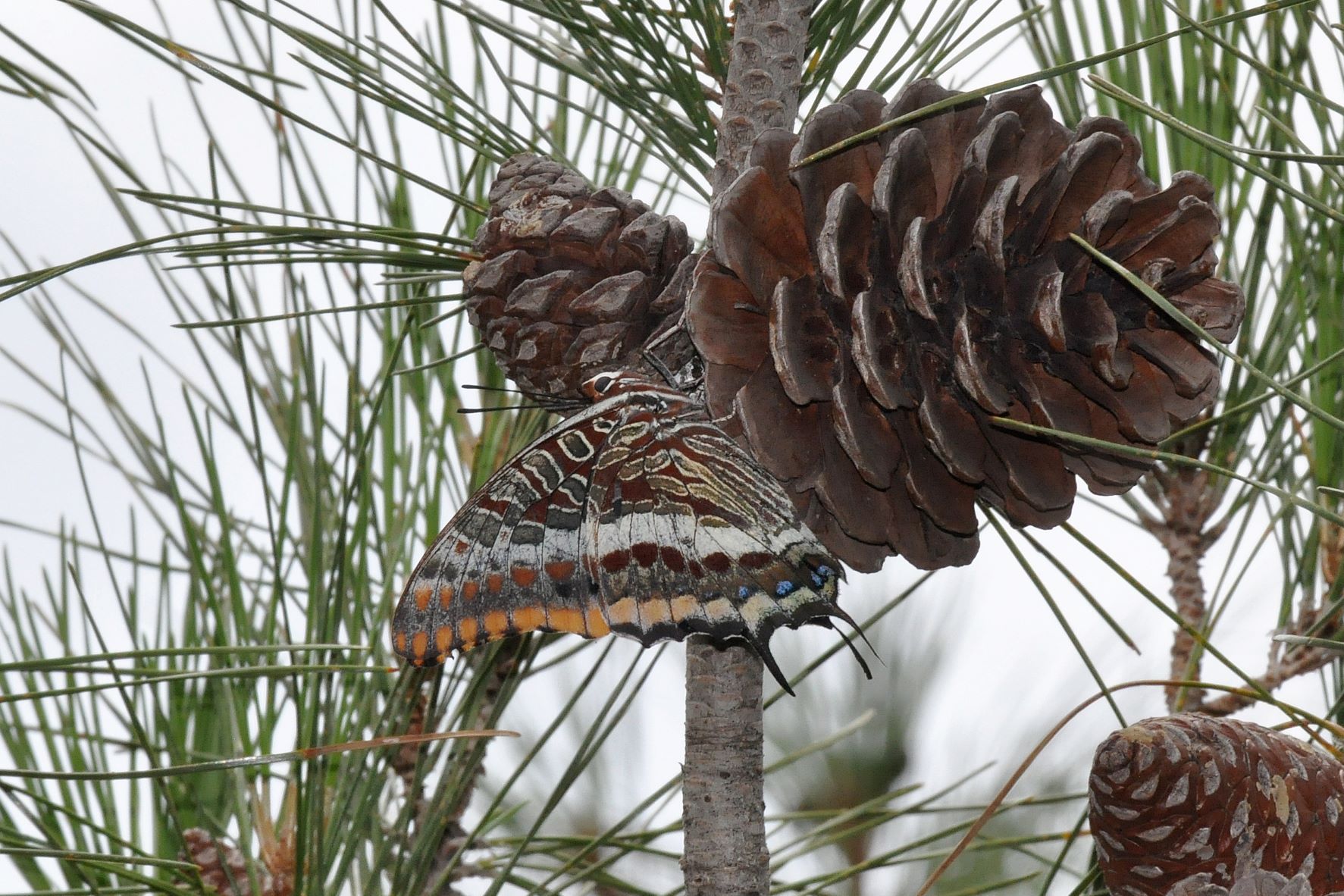   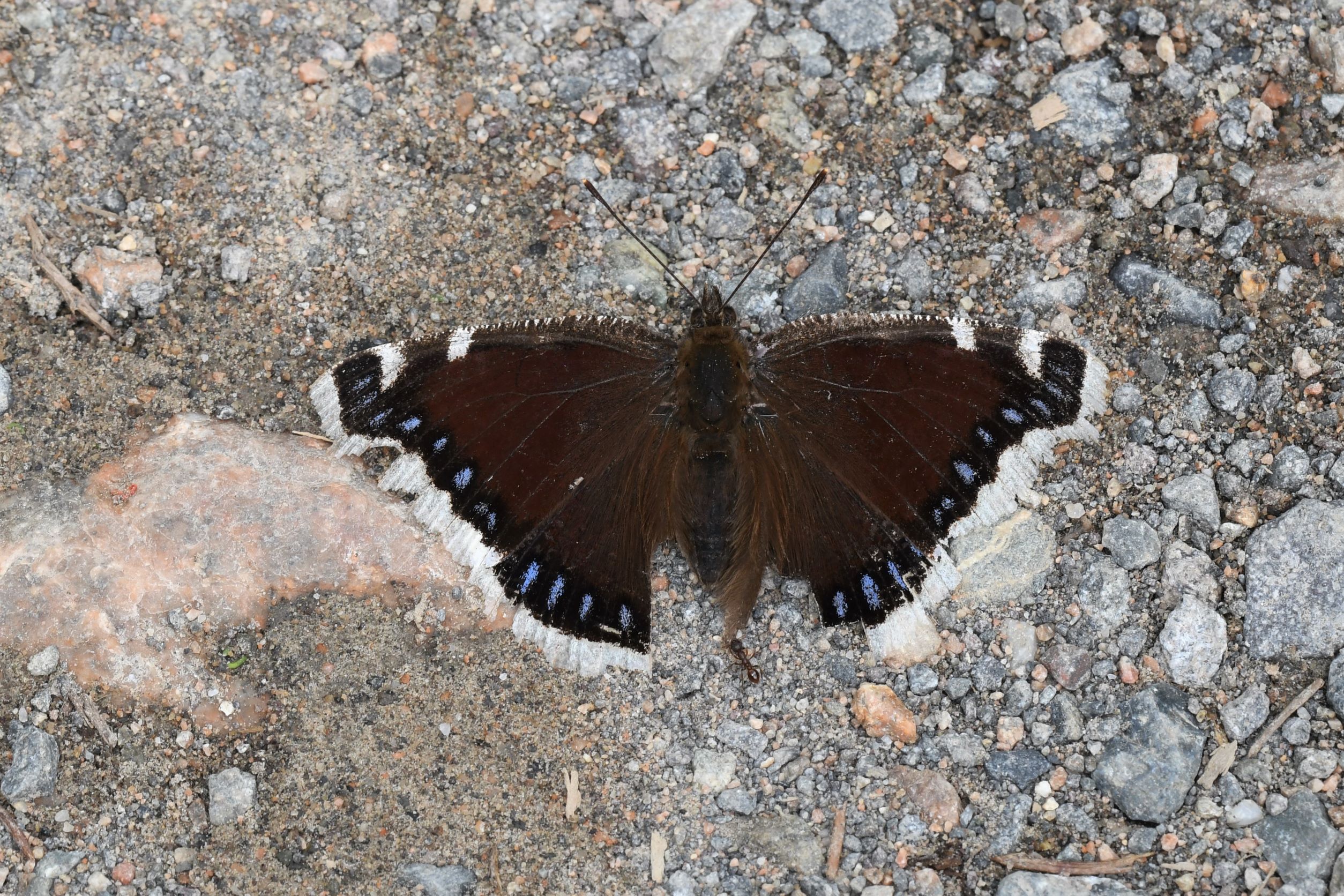
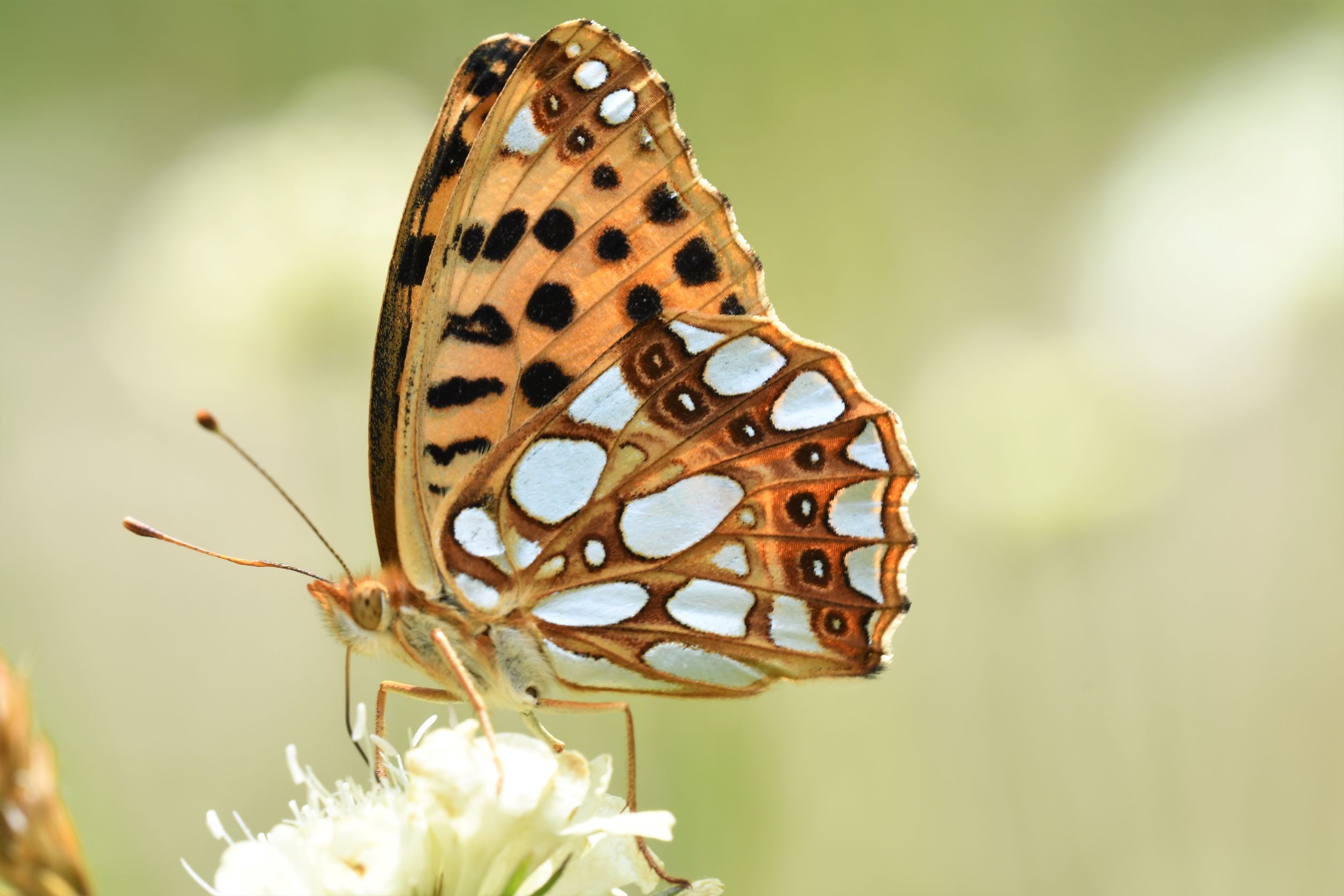 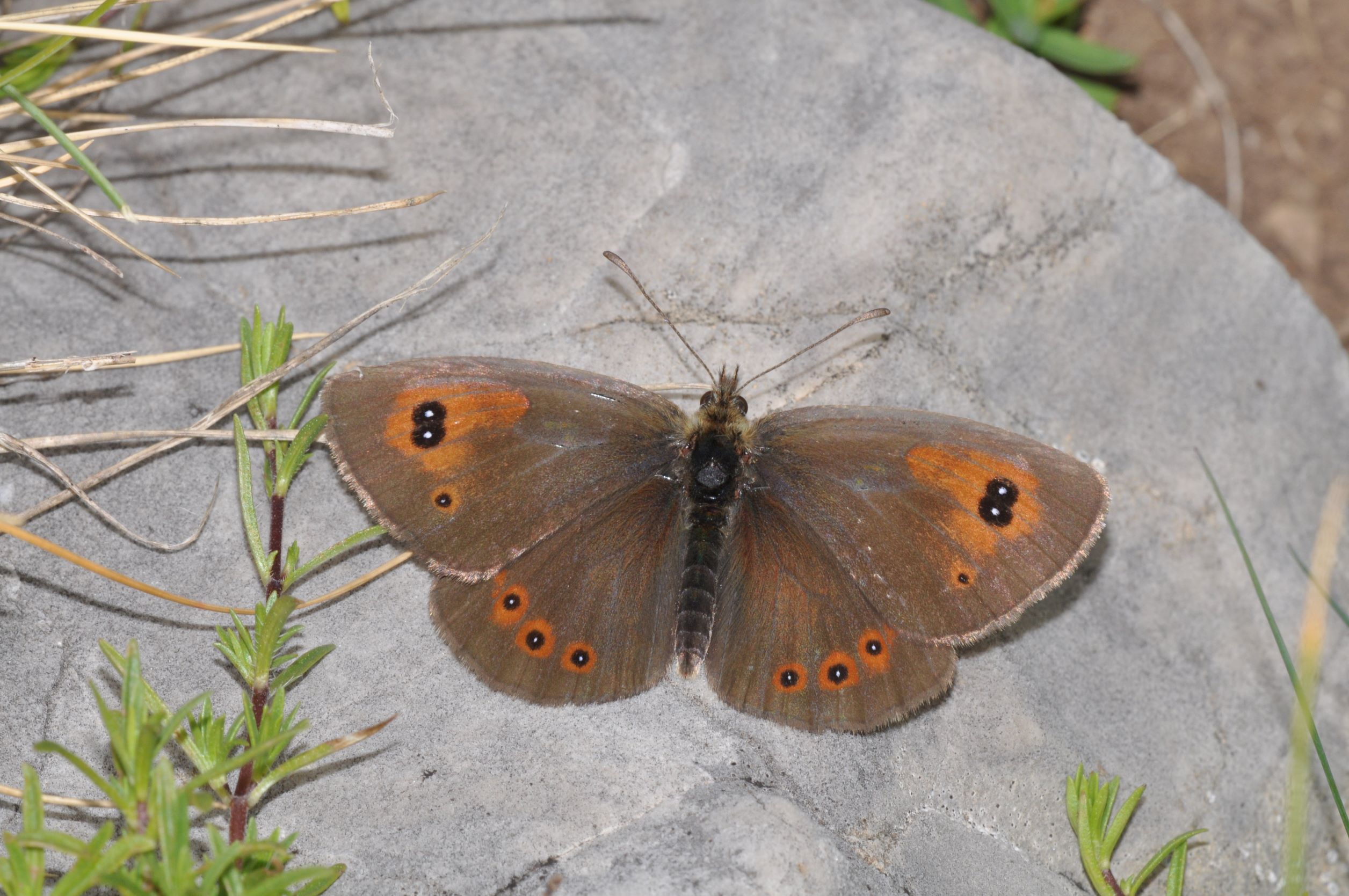 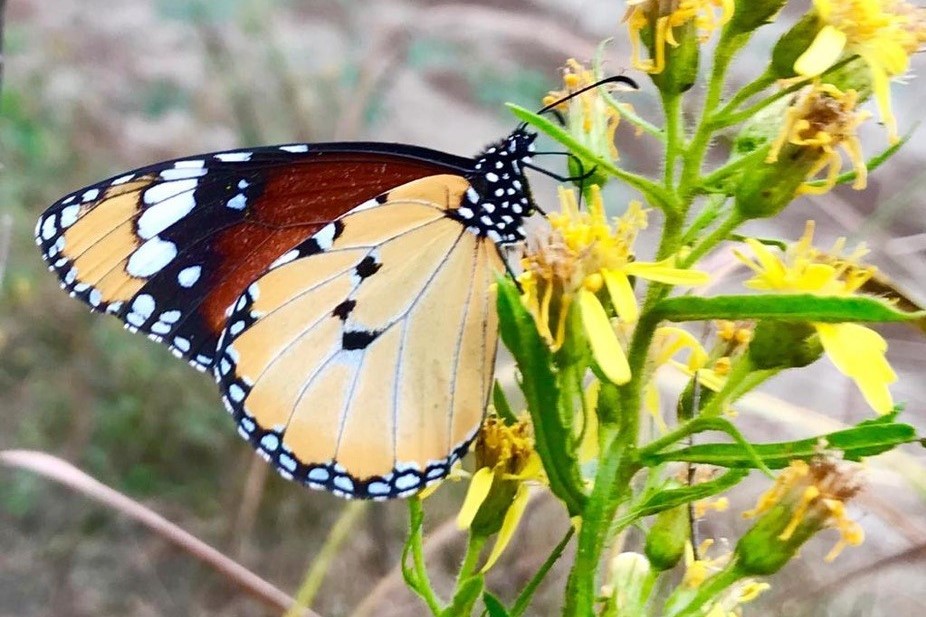 
7a. Charaxinae subfamily. 7b. Apaturinae subfamily. 7c. Limenitidinae subfamily. 7d. Nymphalinae subfamily.
7e. Heliconiinae subfamily. 7f. Satyrinae subfamily. 7g. Danainae subfamily. 7h. Libytheinae subfamily ()
Contact
|
 xx
xx 





